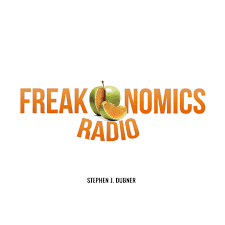Second in a three-part series "The Hidden Side of the Art Market."
In 2017, a painting by Leonardo DaVinci "Salvator Mundi" sold for $450 million at a Christie's auction.
Pablo Picasso's "Les Femmes d'Alger" sold for $179 million.
Consensus among art experts and auctioneers is that the Mona Lisa would be worth over $850 million if ever sold.
Art has attracted billions of dollars from art lovers, investors, and acquisitive billionaires.
That's why it is so timely that Freakonomics Radio, one of the most-downloaded podcasts in the world, has released the second episode of its three-part series "The Hidden Side of the Art Market."
In episode two, host Stephen Dubner looks at the market from the perspective of the artist. The more successful an artist is, the more likely their work will later be resold at auction for a huge markup - and they receive nothing. Should that change? Also: why doesn't contemporary art impact society the way music and film do?
Dubner interviews, among others, Tom Sachs, an internationally-recognized sculptor, and Tschabalala Self, a painter whose large-scale collages are in high demand. The show also continues to explore the story of the late painter Alice Neel, who went from painting in relative obscurity during her lifetime to having her work sell for millions at auction.
Listen to the first two episodes of "The Hidden Side of the Art Market" at freakonomics.com or on any podcast provider.
The final episode, out next week, will look at how the market is changing - including NFTs - and what the future holds. Let me know if you'd like an early listen or transcript.

Comments
Post a Comment
Thank You for your input and feedback. If you requested a response, we will do so as soon as possible.